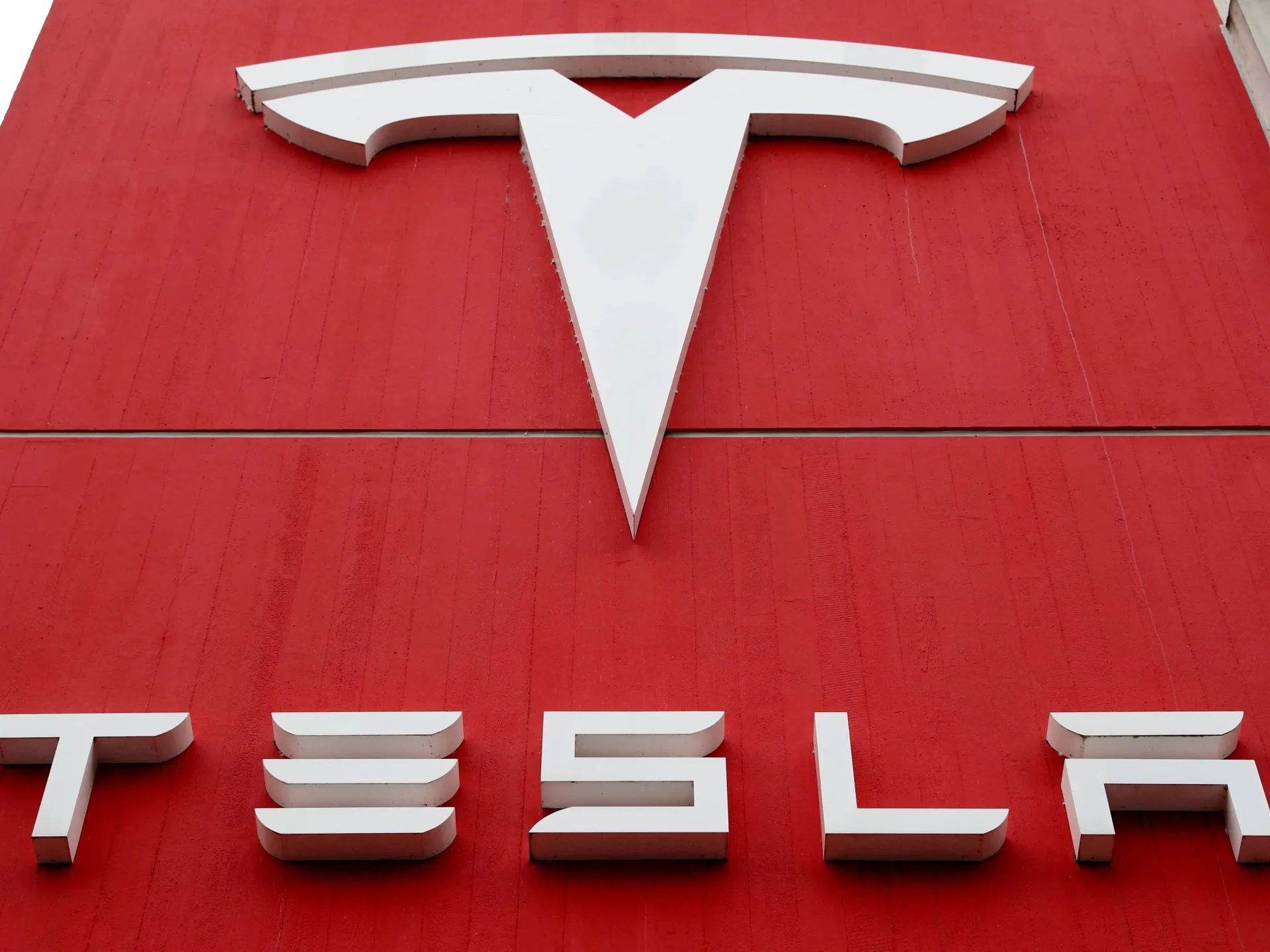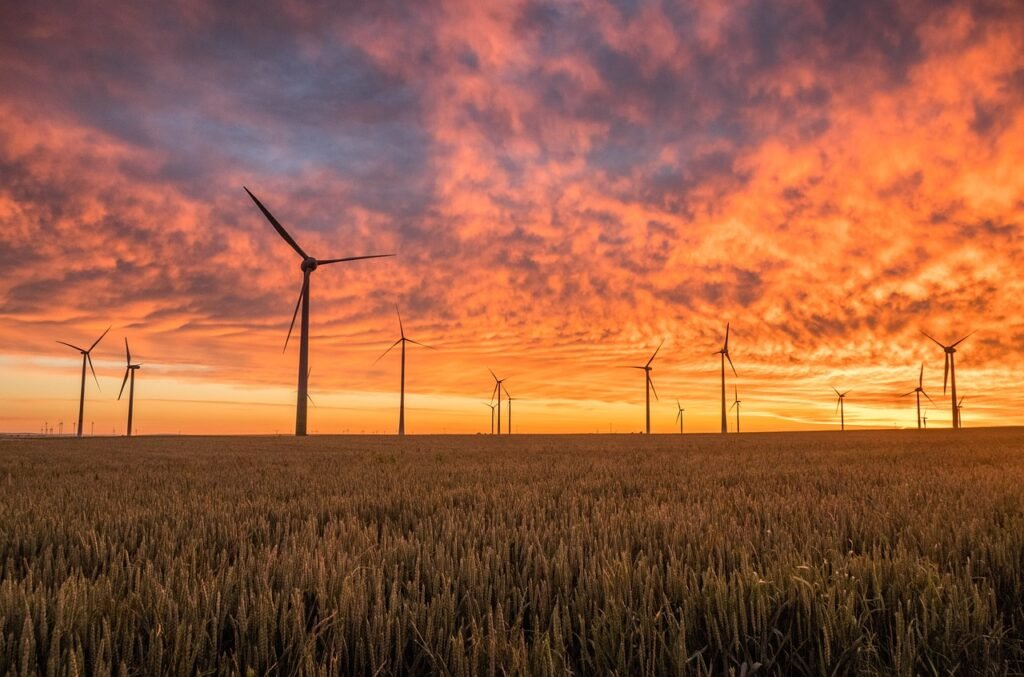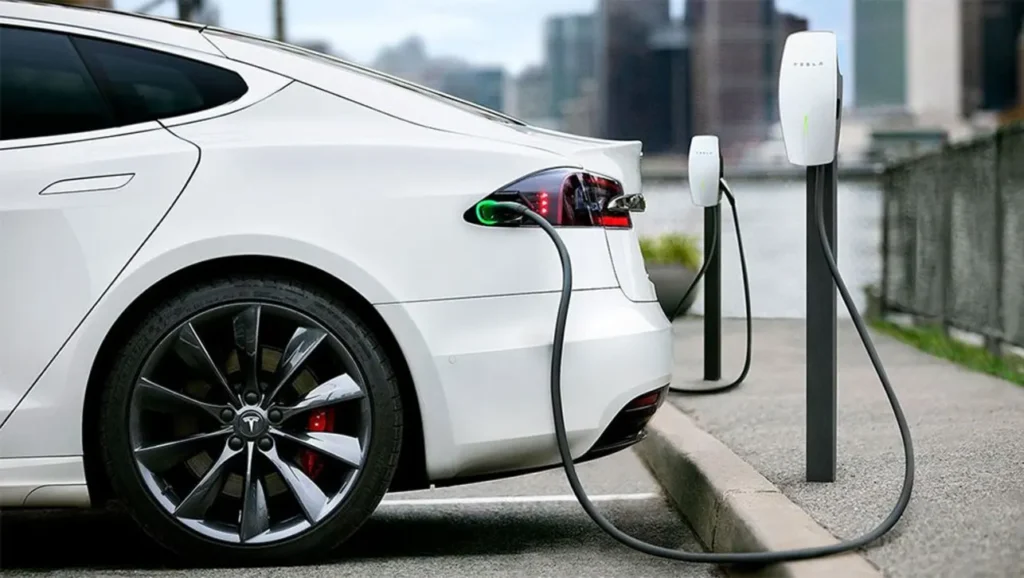
Select Users Invited to Early Access Preview
Tesla has launched an exclusive early access trial for its robotaxi service in Austin, Texas, inviting a small, curated group of participants to experience autonomous rides in Model Y vehicles equipped with Tesla’s latest Full Self-Driving (FSD) software. According to posts circulating on social media, invited users received emails detailing the upcoming test, which is expected to begin on Sunday, June 23, 2025.
As part of this cautious rollout, each robotaxi will include a Tesla employee in the front passenger seat, acting as a safety monitor. Passengers must be 18 years or older, and the ride service may be impacted or delayed by poor weather conditions.
Safety and Caution at the Core of Robotaxi Rollout
Tesla CEO Elon Musk has emphasized that safety is the top priority during the initial deployment. Alongside the onboard safety employee, remote human monitoring will also be implemented to oversee the test fleet in real-time.
Social media influencer @WholeMarsBlog, who frequently covers Tesla updates, confirmed receiving an invite and praised the company’s careful approach. Musk himself replied to the post, saying, “Very much so,” supporting the gradual, step-by-step deployment strategy.
10 Vehicles, One City, Big Expectations
The pilot program is expected to include around 10 Model Y SUVs, each operating with Tesla’s latest iteration of autonomous driving software. This marks a critical move as Tesla shifts its strategic focus from building a low-cost EV platform to becoming a leader in AI and robotics-based mobility.
Musk has previously shared his ambition to scale the robotaxi service rapidly, seeing it as a key driver of Tesla’s future growth and valuation.
Legal and Technical Challenges Still Loom
Despite this milestone, Tesla faces considerable scrutiny. Lawmakers in Austin, Texas, particularly a group of Democratic representatives, have urged the company to postpone the launch until September, when the state’s new autonomous vehicle legislation officially goes into effect.
Furthermore, safety experts continue to express concerns about Tesla’s decision to rely solely on camera-based perception systems, without integrating lidar or radar. These critics argue that the system’s performance could be compromised by weather conditions like fog, heavy rain, or harsh sunlight.
Competitive Landscape and Industry Risks
Tesla is not alone in the race to launch autonomous vehicles. Competitors like Waymo (Google) and Zoox (Amazon) are also pushing forward in the space, though all major players have faced federal investigations and software recalls due to incidents involving their vehicles.
As Tesla enters this next phase of robotaxi development, the pressure is on to prove the reliability, safety, and scalability of its FSD platform.
A New Chapter for Autonomous Transport
Participants in the pilot are encouraged to provide feedback via Tesla’s Robotaxi app, which they can download to request rides and engage with the test program. This closed trial is not only a technical trial but also a litmus test for public perception, policy response, and real-world performance in one of the most anticipated launches in Tesla’s history.
Read more about Latest news in EV Sector here


Pingback: Waymo Issues Software Recall After Robotaxi Hit Road Objects